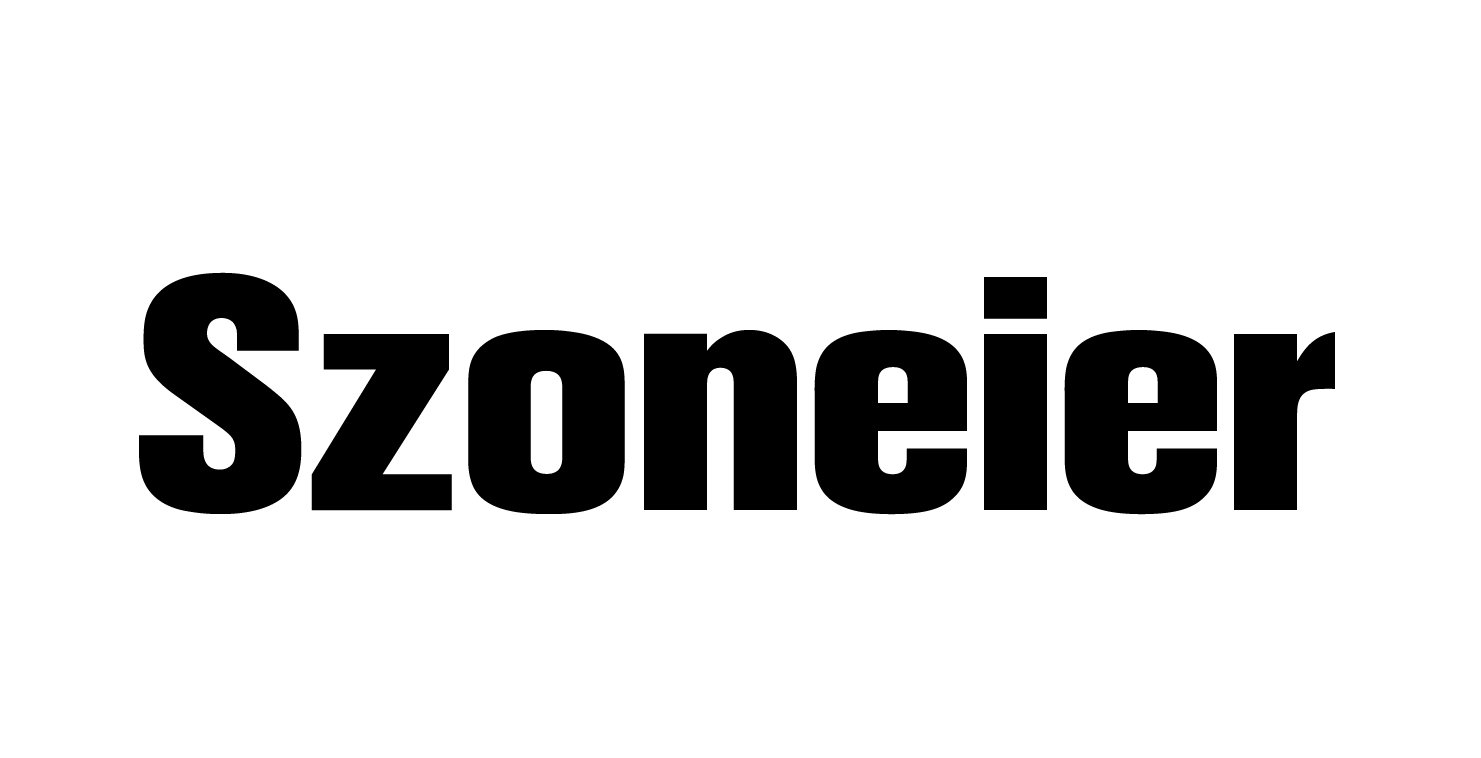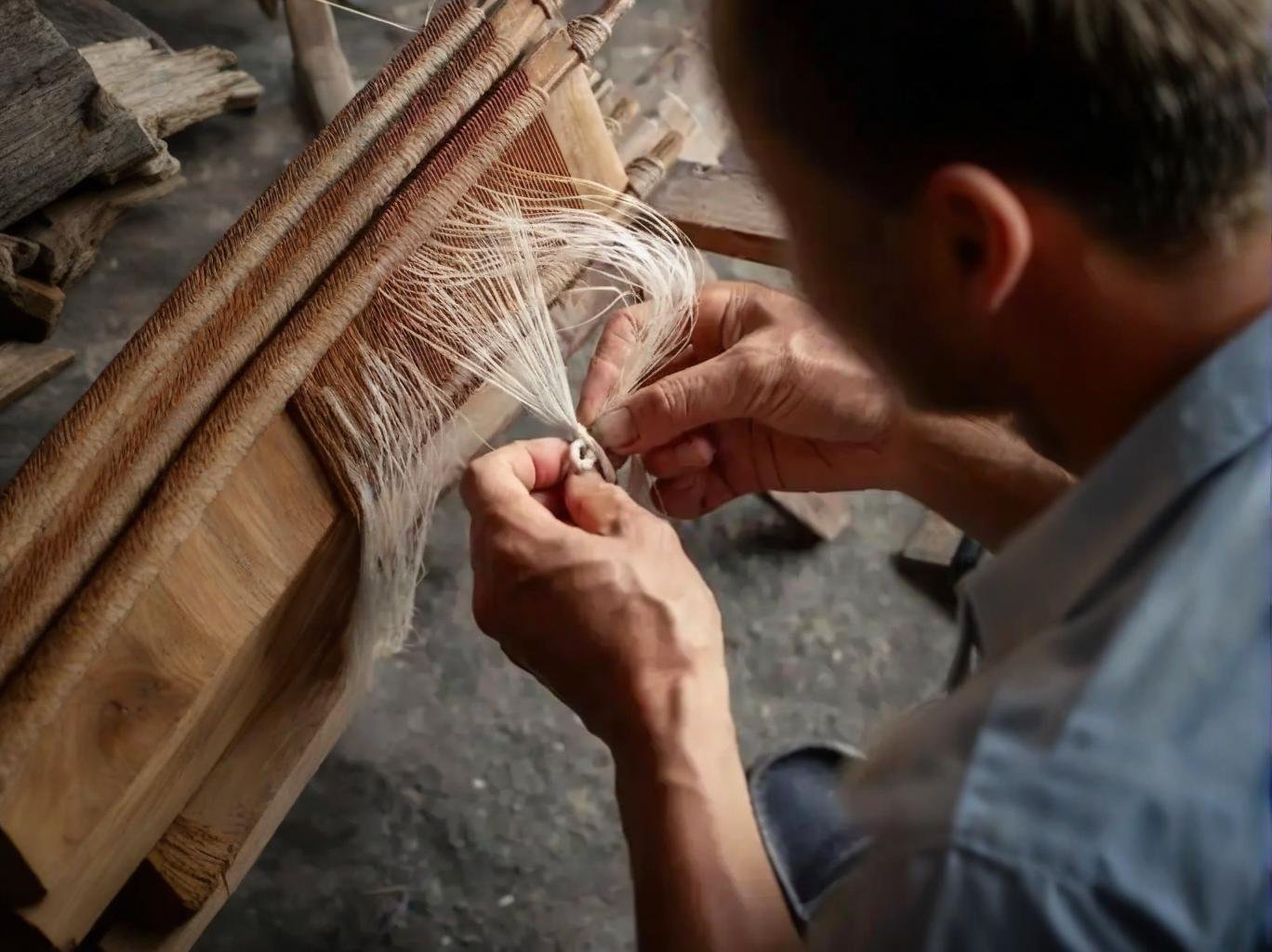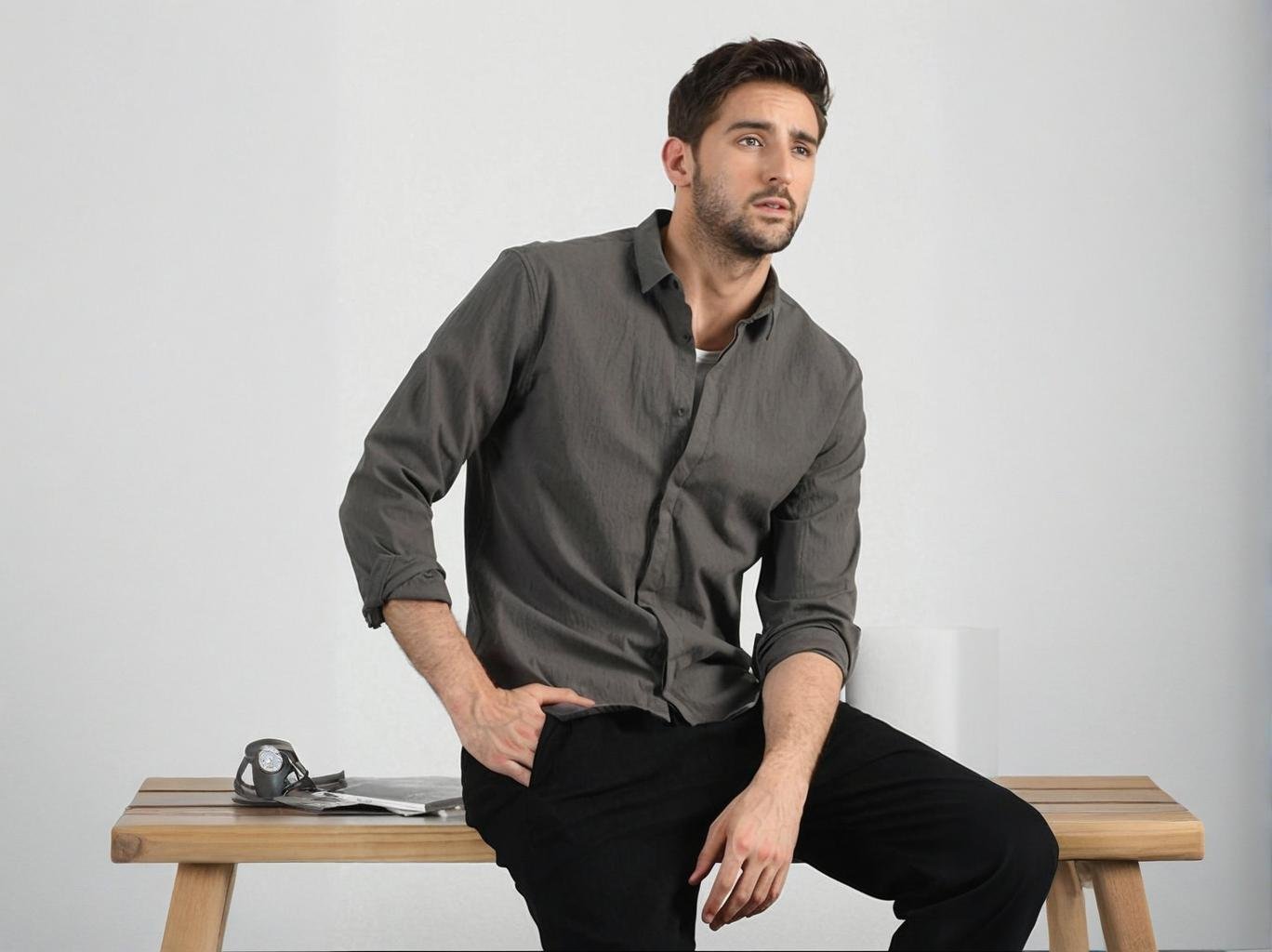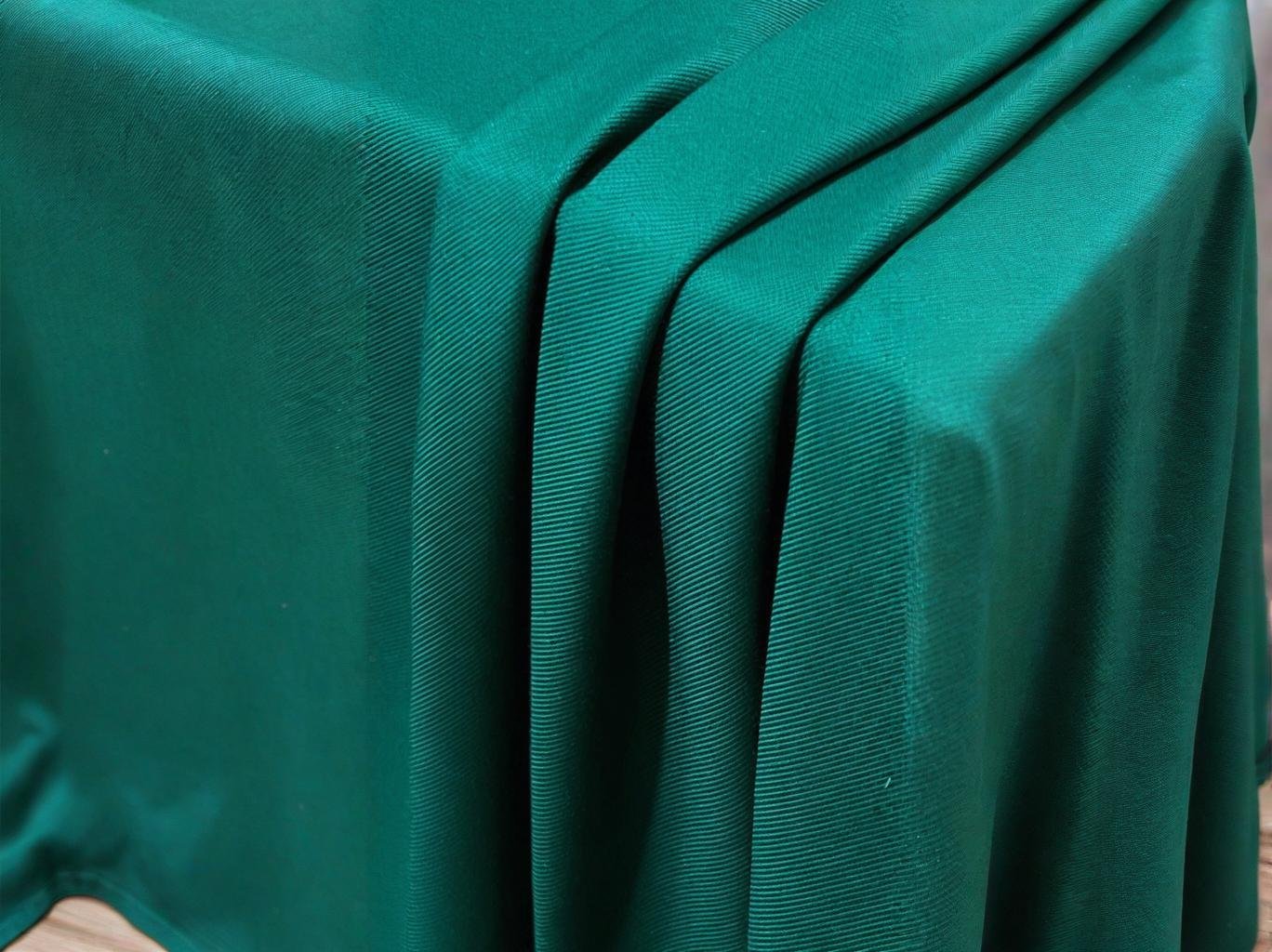What kind of fabric is used for canvas tote bags?
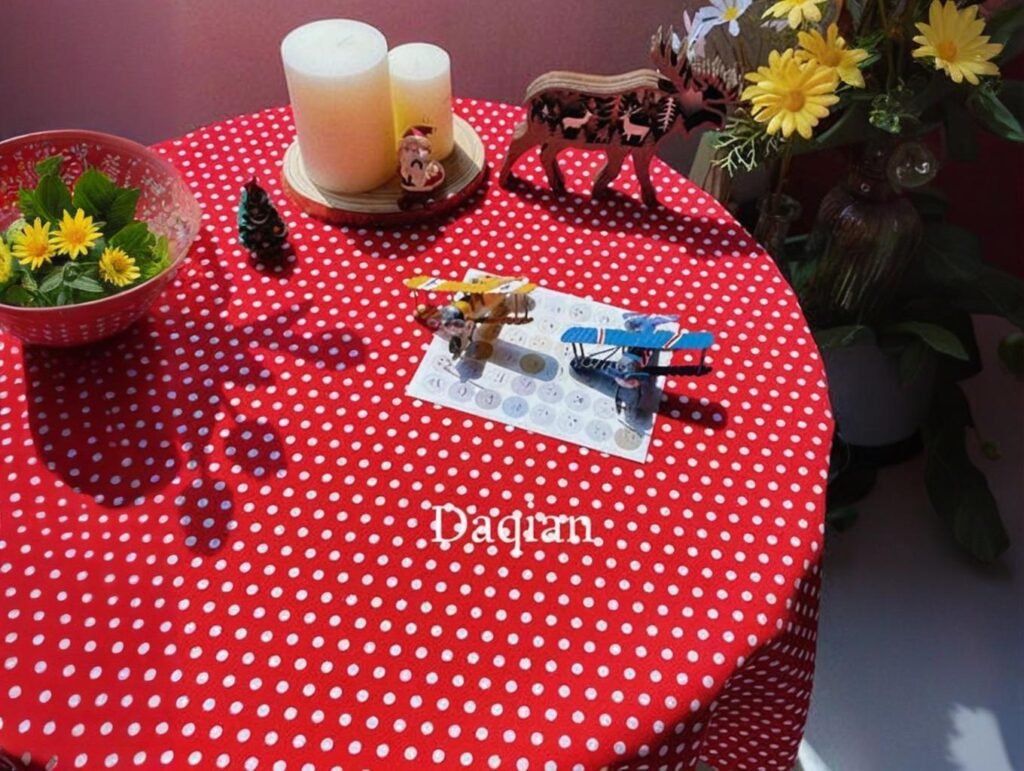
The humble tote bag has undergone a transformation. Once a basic promotional item, it has now become a fashion accessory, a branding tool, and a symbol of sustainability. But behind every tote bag that turns heads or carries groceries is one key element that determines its success: the fabric.
So, what kind of fabric is used for canvas tote bags? Canvas tote bags are primarily made from medium- to heavyweight woven fabrics, most commonly cotton canvas, though variations include polyester canvas, cotton-poly blends, recycled canvas, and organic canvas. The choice of fabric directly affects the tote’s durability, printability, environmental footprint, and perceived quality—making it a crucial factor in wholesale and custom production.
At SzoneierFabrics, we’ve seen clients ranging from global fashion labels to eco-conscious startups struggle with this decision. One client, a UK organic beauty brand, doubled its conversion rate after switching to GOTS-certified canvas for its packaging tote bags. The fabric mattered—and your choice will, too.
Let’s start by understanding what exactly defines “canvas” fabric, and why it’s such a popular option for tote bags around the world.
1. What Is Canvas Fabric and Why Is It Commonly Used for Tote Bags?
Canvas fabric is a plain-woven textile known for its durability, stiffness, and structured appearance, making it ideal for tote bags. It’s typically made from cotton or polyester blends and available in a variety of weights (GSM).
Key Reasons Canvas Dominates the Tote Bag Market
Durable by Nature
Canvas is a tightly woven fabric that resists tearing, making it perfect for daily-use tote bags.
| Feature | Canvas Fabric |
|---|---|
| Weave Type | Plain or basket weave |
| Common Fiber Types | Cotton, polyester, blends |
| Weight Range (GSM) | 180–550gsm |
| Common Finishes | Dyed, waxed, PU-coated |
Sustainable and Custom-Friendly
Canvas, especially when made from natural or recycled fibers, aligns with eco-conscious branding. It’s also:
- Easy to screen print, heat press, or embroider
- Strong enough for reusable or multi-year use
- Breathable and washable
Real-Life Industry Insight
In a recent SzoneierFabrics case, a French cosmetics label switched from non-woven PP to 280gsm cotton canvas.
- Cost increased 30%
- Brand retention (survey-based) rose by 45%
- Bag reusability extended from 2 months to over 1 year
Why Not Use Other Fabrics?
- Nylon lacks the natural, eco appearance
- Jute has limited customization options
- Non-woven PP feels disposable Canvas strikes the perfect balance of structure, printability, sustainability, and strength.
2. Which Types of Canvas Fabrics Are Best for Tote Bag Manufacturing?
The best canvas fabrics for tote bags include cotton canvas (8oz to 16oz), polyester canvas (for waterproof uses), and blended or recycled canvas options depending on the brand’s goals.
Canvas Fabric Types for Tote Bags
Cotton Canvas (Standard & Premium)
| Weight | GSM | Use Case | Price (FOB, China) |
|---|---|---|---|
| 8oz | \~230gsm | Lightweight retail/promo bags | \$1.60–\$2.50/yard |
| 10oz | \~280gsm | Grocery bags, screen print base | \$2.00–\$3.20/yard |
| 12oz | \~340gsm | Durable fashion tote bags | \$2.80–\$4.20/yard |
| 16oz | \~450gsm | Luxury or heavy-duty tote bags | \$3.80–\$6.00/yard |
- Pros: Natural, biodegradable, widely available
- Cons: More expensive than synthetic alternatives
Polyester Canvas
- Often used for water-resistant tote bags or beach bags
- Treated with PU or PVC backing
- Lower cost: \$1.20–\$2.00/yard (300–400gsm)
| Property | Polyester Canvas |
|---|---|
| Strength | High (non-tearing) |
| Eco Value | Low (synthetic) |
| Dyeing Method | Disperse dye (heat transfer) |
| Use Case | Outdoor, beach, waterproof bags |
Cotton-Polyester Blended Canvas
- 65/35 or 70/30 blends for wrinkle resistance and lower price
- Common in mass promotional totes
- Price: \$1.80–\$2.60/yard (280–350gsm)
Recycled & Organic Canvas
| Fabric Type | Feature | Cost Range |
|---|---|---|
| Recycled Cotton Canvas | GRS Certified | \$3.20–\$4.80/yard |
| Organic Cotton Canvas | GOTS Certified | \$3.80–\$5.50/yard |
| Hemp-Canvas Blend | Eco + antibacterial | \$3.50–\$6.20/yard |
Case Example: A Canadian ethical fashion brand sourcing 12oz organic canvas at \$4.60/yard saw a 2.4x higher cart checkout rate vs their old polyester version.
Choosing Fabric Based on Bag Function
| Tote Bag Function | Ideal Fabric Type | Notes |
|---|---|---|
| Fashion | 12–16oz cotton canvas | Embossing, color dyeing, structure |
| Promotional Giveaways | 8–10oz cotton-poly blend | Cost-effective, printable |
| Grocery/Shoppers | 12oz cotton or recycled | Durability, eco appeal |
| Waterproof/Beach | Polyester canvas (PU coated) | Lightweight, moisture resistant |
3. How Does GSM (Fabric Weight) Affect the Durability and Look of a Canvas Tote Bag?
GSM (grams per square meter) measures the fabric’s weight and thickness, which directly influences a tote bag’s strength, structure, cost, and aesthetic. Higher GSM means a more durable and premium-feeling tote.
Why GSM Matters in Fabric Selection
What GSM Really Means
- GSM is a density measurement that reflects how much fiber is packed into each square meter of fabric.
- The higher the GSM, the thicker, stiffer, and more rugged the canvas will feel.
GSM Impact on Bag Functionality
| GSM Range | Weight (oz) | Usage Scenarios | Hand Feel |
|---|---|---|---|
| 180–220 | 6–7oz | Lightweight promotional bags | Soft and flexible |
| 230–280 | 8–10oz | Everyday carry, grocery totes | Light but strong |
| 300–350 | 11–12oz | High-end fashion, reusable bags | Medium firm |
| 400–500+ | 14–16oz | Industrial, luxury, structured bags | Heavy and stiff |
Cost Impact by GSM (FOB China, 1000-yard order)
| GSM | Avg. Price (Cotton Canvas) | Price Increase vs. 220gsm |
|---|---|---|
| 220gsm | \$1.60 – \$2.20/yard | — |
| 280gsm | \$2.00 – \$2.90/yard | +25% |
| 340gsm | \$2.80 – \$4.00/yard | +45% |
| 450gsm | \$3.80 – \$5.80/yard | +70% |
Visual & Brand Implications
- Higher GSM bags look premium, hold shape better, and allow embossing or stitching details.
- Lower GSM bags are cost-effective for giveaways but may appear flimsy.
Case Study:
An e-commerce apparel brand upgraded from 10oz to 14oz canvas for their subscription gift totes. Though unit cost rose \$0.90/bag, repeat purchases increased 23% because customers reused and shared the bags longer—creating brand visibility.
4. What Are the Differences Between Cotton Canvas, Polyester Canvas, and Blended Fabrics?
Cotton canvas is natural and breathable, polyester canvas is water-resistant and economical, and blends combine both to balance price, strength, and functionality. Each has trade-offs based on performance and sustainability.
Comparing Popular Canvas Fabric Types
Cotton Canvas
| Feature | Value |
|---|---|
| Source | Natural cotton fiber |
| Printability | Excellent (screen, DTG, embroidery) |
| Eco Profile | High (biodegradable) |
| Price (12oz) | \$2.80 – \$4.20/yard |
| Common GSM Range | 220–450gsm |
| Feel | Natural, breathable, matte |
| Weakness | Prone to shrinkage, less water-resistant |
Premium fashion totes, grocery bags, eco-gifts
Polyester Canvas
| Feature | Value |
|---|---|
| Source | Synthetic (PET) |
| Water Resistance | Excellent (with PU backing) |
| Durability | High (non-tear, UV stable) |
| Printability | Good (sublimation, heat transfer) |
| Price (300–400gsm) | \$1.20 – \$2.20/yard |
| Feel | Smooth, slightly glossy |
| Weakness | Non-biodegradable |
Beach totes, rainy climates, low-cost promo bags
Cotton-Polyester Blends
| Blend Ratio | 65/35 or 70/30 most common |
|---|---|
| Benefits | Wrinkle resistance, cost-effective |
| Print Compatibility | Good for both pigment and transfer |
| Price (280gsm) | \$1.80 – \$2.80/yard |
| Feel | Slightly stiffer than cotton |
| Common Uses | Low-budget reusable bags, grocery |
Brands needing lower price points without sacrificing print quality.
Real Buyer Decision Framework
| Buyer Type | Recommended Fabric | Why |
|---|---|---|
| Luxury lifestyle brand | 12–16oz cotton canvas | Structure, quality, brand value |
| Eco start-up | Organic or recycled cotton | Certification, sustainability story |
| Promotional agency | 8oz cotton-poly blend | Budget, printable, quick turnaround |
| Outdoor/beach brand | PU-coated polyester canvas | Water-resistant, vibrant colors |
5. Is Recycled or Organic Canvas a Better Option for Eco-Friendly Tote Bags?
Both recycled and organic canvas are excellent eco-friendly choices, but each has unique benefits. Recycled canvas promotes circularity by reusing waste, while organic canvas eliminates chemicals from the start. Your ideal choice depends on brand goals, certification needs, and customer values.
Sustainability Comparison — Recycled vs Organic
Overview of Eco Canvas Options
| Fabric Type | Source Material | Certification | Key Benefit |
|---|---|---|---|
| Recycled Cotton Canvas | Post-industrial/post-consumer waste | GRS | Waste reduction, circularity |
| Organic Cotton Canvas | Grown without pesticides or GMOs | GOTS | Healthier farming, soil impact |
| Hemp Canvas | Hemp blended with cotton | Optional | Low water use, natural strength |
Environmental Performance Metrics
| Metric | Recycled Canvas | Organic Canvas |
|---|---|---|
| Water Usage Savings | 20–60% vs virgin cotton | 90% vs conventional cotton |
| CO2 Emission Reduction | \~30–50% | \~15–25% |
| Chemical-Free Process | Partially (processing only) | Fully organic farming & processing |
| Biodegradable | Yes (if 100% cotton) | Yes |
Cost Comparison by GSM (12oz, FOB China)
| Type | Price Range | Notes |
|---|---|---|
| Standard Cotton Canvas | \$2.80 – \$3.60 | Widely available |
| Recycled Cotton Canvas | \$3.50 – \$5.00 | Requires traceability (GRS) |
| Organic Cotton Canvas | \$4.20 – \$6.00 | GOTS certified, stricter farming |
| Hemp-Blend Canvas | \$3.80 – \$6.20 | Often limited MOQ |
Case Study:
A California wellness brand replaced standard 280gsm cotton canvas with 12oz GRS-certified recycled canvas.
- Cost increased \$0.70/bag
- Retail pricing remained unchanged
- Brand loyalty increased: 64% of surveyed customers said the bag’s sustainability influenced their repeat purchase
6. How Do Coatings, Dyeing, and Finishing Treatments Affect Canvas Performance?
Treatments like dyeing, waxing, PU coating, or antimicrobial finishes enhance canvas performance, affecting everything from water resistance to texture and printability. However, each treatment impacts cost, eco value, and usability differently.
Canvas Treatment Types and Their Impact
Common Finishing Options
| Treatment Type | Function | Adds Cost/yd | Eco-Friendly? |
|---|---|---|---|
| Reactive Dyeing | Deep color penetration, colorfastness | \$0.40 – \$1.00 | Yes (low-tox) |
| Pigment Dyeing | Surface color, softer fade-in effect | \$0.20 – \$0.60 | Moderate |
| Wax Coating | Water resistance, vintage aesthetic | \$1.00 – \$1.80 | Yes (if beeswax) |
| PU Coating | Waterproofing and stiffness | \$1.50 – \$2.50 | No (plastic-based) |
| Flame Retardant | Safety for industrial/tactical use | \$0.80 – \$1.20 | Depends on formula |
| Antimicrobial Finish | Odor-resistance, healthcare bags | \$0.70 – \$1.10 | Sometimes (plant-based) |
Performance vs Aesthetic
| Use Case | Best Treatment Option | Notes |
|---|---|---|
| Outdoor/beach totes | PU coating + reactive dye | UV and moisture resistant |
| Luxury vintage bags | Waxed finish + reactive dye | Aging effect adds to brand story |
| Grocery shoppers | Pigment dye + light PU backing | Affordable, surface protection |
| Medical or wellness | Antimicrobial + organic cotton | Clean, brand-aligned |
Print Compatibility After Treatments
| Treatment | Screen Print | Heat Transfer | Embroidery |
|---|---|---|---|
| Reactive Dyed | ✔️ Excellent | ✔️ Excellent | ✔️ Good |
| Waxed | ❌ Not Ideal | ❌ Poor | ✔️ Good |
| PU-Coated | ✔️ Good | ✔️ Excellent | ❌ Difficult |
| Pigment Dyed | ✔️ Excellent | ✔️ Good | ✔️ Good |
Case Example:
A Korean surfwear brand used 16oz canvas with PU coating for their waterproof beach totes.
- Added PU: \$1.60/yard
- Retail price increased by \$12
- Customer returns due to water damage dropped to 0.6% (from 3.2%)
Choose your treatment based on final use, not just appearance. A PU-coated canvas may be ideal for water resistance, but it will compromise eco messaging and recyclability.
7. What Fabric Specifications Should You Choose Based on Use Case (Retail, Promo, Industrial)?
The ideal canvas fabric for tote bags depends on the intended use case. Retail, promotional, and industrial applications each require different GSM, fiber types, and finishes to balance cost, function, and customer expectations.
Use-Case-Based Canvas Fabric Recommendations
Use Case: Retail / Fashion
| Specification | Recommended Value |
|---|---|
| GSM | 300–450gsm (10oz–16oz) |
| Fiber Type | 100% cotton or organic canvas |
| Finish | Reactive dyeing, light wax or washed |
| MOQ Range | 300–1000 pieces |
| Cost per Yard | \$2.80–\$5.50 |
- Structure and luxury feel matter here
- Perfect for brands that want to emboss logos or add leather trims
Use Case: Promotional Events / Giveaways
| Specification | Recommended Value |
|---|---|
| GSM | 180–250gsm (6oz–9oz) |
| Fiber Type | Cotton-poly blend or polyester canvas |
| Finish | Pigment dye, light PU coating |
| MOQ Range | 1000–10,000+ pieces |
| Cost per Yard | \$1.30–\$2.30 |
- Focus is on cost-efficiency and print surface
- Bulk printing options like silkscreen or transfer printing
Use Case: Industrial or Outdoor Use
| Specification | Recommended Value |
|---|---|
| GSM | 400–550gsm (14oz–18oz) |
| Fiber Type | Waxed cotton or PU-coated poly-canvas |
| Finish | Water-, mildew-, or fire-resistant |
| MOQ Range | 500–5000+ pieces |
| Cost per Yard | \$3.80–\$6.80 |
- Must prioritize strength, longevity, and resistance to elements
- Ideal for tool bags, beach totes, or tactical accessories
Case Snapshot:
A German logistics company ordered 16oz waxed canvas totes with reinforced seams for delivery drivers. Though their unit cost was \$1.80 higher than their previous 12oz polyester bag, service complaints dropped by 70% and bag replacement frequency was cut in half.
8. How Do Fabric Selection and Quality Impact Customization, Printing, and Brand Value?
Fabric quality directly affects how well a tote bag can be customized and how it represents your brand. Higher-grade canvas allows for better print clarity, texture, and longevity, all of which enhance perceived brand value.
How Fabric Decisions Influence Your Branding Success
Printability Matrix
| Fabric Type | Screen Printing | Embroidery | Sublimation | Heat Transfer |
|---|---|---|---|---|
| Cotton Canvas | ✔️ Excellent | ✔️ Great | ❌ Not suitable | ✔️ Good |
| Polyester Canvas | ✔️ Good | ❌ Poor | ✔️ Excellent | ✔️ Excellent |
| Blended Canvas | ✔️ Good | ✔️ Good | ❌ Moderate | ✔️ Good |
| Waxed Canvas | ❌ Poor | ✔️ Excellent | ❌ Not suitable | ❌ Not suitable |
For brand logos, fine typography, or multicolor designs, 12oz cotton canvas with reactive dye finish performs best in screen or transfer printing.
Fabric as a Storytelling Tool
- Organic canvas allows ethical brands to showcase certifications like GOTS on the label
- Recycled canvas appeals to Gen Z and millennial buyers prioritizing circular economy practices
- Waxed or heavy GSM canvas adds a “heritage” or “rugged luxury” feel
How Fabric Impacts Perceived Value
| Fabric Type | Avg. Production Cost | Potential Retail Price | Perceived Brand Value |
|---|---|---|---|
| 8oz poly-cotton | \$1.60/bag | \$4.99–\$6.99 | Low |
| 10oz cotton canvas | \$2.30/bag | \$9.99–\$15.99 | Medium |
| 12oz organic canvas | \$3.80/bag | \$19.99–\$34.99 | High |
| 16oz waxed canvas | \$5.20/bag | \$39.99–\$79.99 | Premium/Luxury |
Buyer Psychology
According to a Nielsen study, 73% of global consumers say they would change their consumption habits to reduce environmental impact. Fabric tells a silent story—choosing the right material creates not just a product, but a brand experience.
Choosing the Right Canvas Fabric Is a Strategic Business Move
The fabric you choose for your canvas tote bags is more than just material—it’s a statement. It affects your costs, your product’s durability, your environmental credibility, and how customers perceive your brand.
Whether you’re a startup sourcing 300 pieces for a product launch or a corporate buyer needing 50,000 eco-friendly promotional bags, making informed fabric decisions early will help you avoid waste, cut cost in the long run, and elevate your brand.
Ready to Source the Right Canvas for Your Bags?
SzoneierFabrics is your trusted partner for wholesale and custom canvas tote bag fabrics. With over a decade of experience, we offer:
- 100% cotton, recycled, and organic canvas options
- GSM from 180 to 550 with a wide range of finishes
- Free samples, low MOQ customization, fast sampling
- GOTS, GRS, and OEKO-TEX certified solutions
Let us help you bring your custom tote bag vision to life — with fabric that speaks volumes about your brand.
Can't find the answers?
No worries, please contact us and we will answer all the questions you have during the whole process of bag customization.
Make A Sample First?
If you have your own artwork, logo design files, or just an idea,please provide details about your project requirements, including preferred fabric, color, and customization options,we’re excited to assist you in bringing your bespoke bag designs to life through our sample production process.
